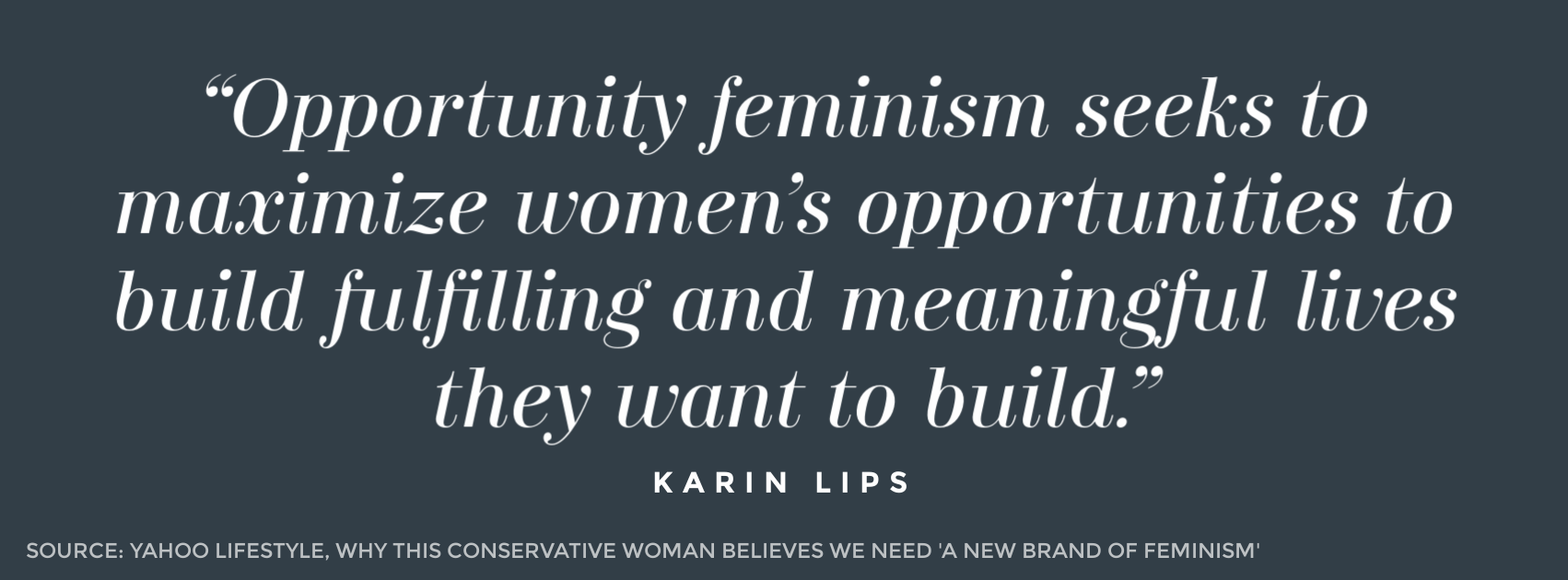Go West, Young Single Women
This article originally appeared in The Federalist.
Halloween may be the best holiday of the year for single men. Saturday night, single women in their twenties and thirties donned costumes that left little to the imagination and, in some cases, had the same amount of material as the costumes they wore as trick-or-treating kids. Bad cops, sexy schoolgirls, and naughty nurses ventured out to the bars, presumably in hopes of finding Mr. Right, be he disguised as James Bond, Batman, or bacon.
An enterprising sociology student might consider an interesting experiment next year: a statistical analysis of ratios of sexy Halloween costumes to male suitors in several American cities.
According to Jon Birger, author of “Date-onomics: How Dating Became a Lopsided Numbers Game,” it is safe to wager that among college-educated women there would be more naughty nurses in the Big Apple than in Silicon Valley.
The Dating Numbers Game
Following in the path of the best-selling Freakonomics books, Birger offers an economic explanation for the romantic opportunities in our lives and describes how demographics affect the ways we date, love, and marry. For the would-be Halloween pick-up artist, according to Birger, donning a costume to a bar in New York City, where college-educated women outnumber college-educated men ages 22 to 29, offers a more promising market for short-term interests than cities where the number of men and women is closer to even.
It is a simple numbers game. What do the lopsided numbers for college-educated men and women mean for dating and relationships? In places where there is a “man deficit,” or an undersupply of college-educated men, men are less likely to commit. The college and post-college hookup culture, declining marriage rates among college-educated women, and lack of commitment by men, according to Birger, are byproducts of an undersupply of college-educated men.
Many people might think a heavily populated place like Manhattan would be a great place for women to find men. Sadly, it is the opposite. In Manhattan there are 39 percent more college-educated women than men ages 22 to 29. Compare that to Santa Clara County, California, the home of San Jose, also known as “Man Jose,” which has 11 percent more college-educated men than women ages 22 to 29. Imagine the difference in dating.
The Land of Many Men
For frustrated single, college-educated women who can’t seem to find Mr. Right, Birger suggests they consider moving west to cities where the ratios are better for women. According to a ranking of 80 U.S. counties with populations of 60,000 or more, three of the five counties with the highest ratios of college-educated men to college-educated women were in California.
Birger tells of a friend who moved to Aspen in Pitkin County, which has 22 percent more college-educated men than college-educated women among those 34 and under. The first weekend his friend visited, a man asked her out at a bar, and she met her husband eight days after moving to Aspen.
There are 5.5 million college-educated women in the United States between the ages of 22 and 29 compared to only 4.1 million men, according to U.S. Census Bureau, so there are four women for every three men among college graduates.
For college graduates ages 30 to 39, there are 7.4 million women compared to 6.0 million men, which is five women for every four men. How lopsided this ratio is in a particular place varies dramatically.
Information and awareness are key catalysts to solving this market inefficiency. As more people learn about the numbers game “Date-onomics” reveals, the ratios could even out as college-educated women hoping to marry choose to relocate to cities where their odds are better.
That may be bad news for pick-up artists, but good news for women searching for Mr. Right.



